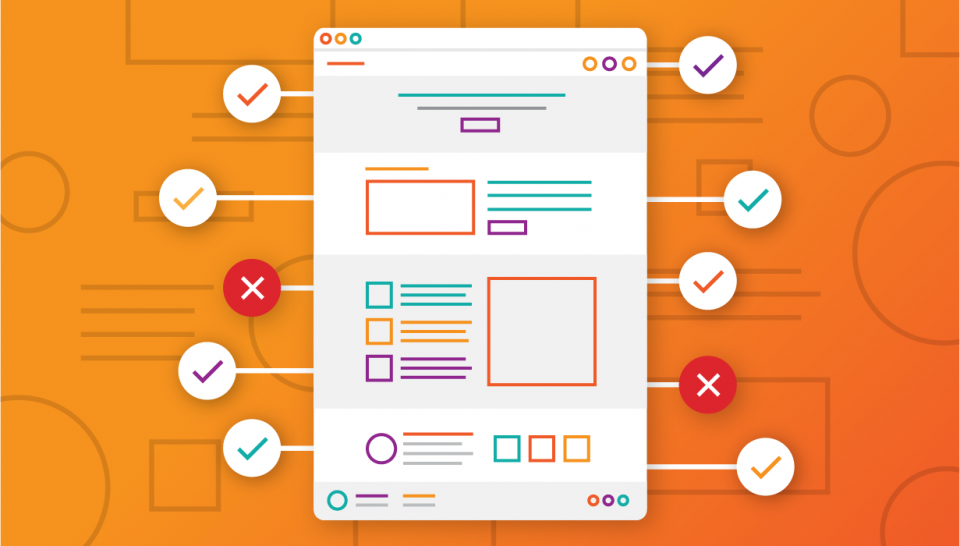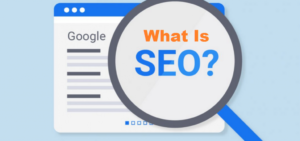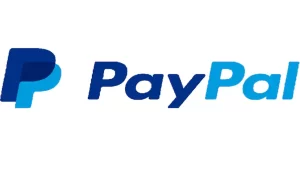Americans with Disabilities Act now mandates under its Title II of ‘public accommodation’ that the websites should be made accessible to people with disabilities. But it has many practical challenges while constructing a website. As it is not fully defined under the law what accessibility compliance for websites means, the web developers and designers need to take care of various page elements to ensure that accessibility requirements for people with disabilities are effectively met. This article will look at a checklist for websites to verify compliance with web accessibility requirements.
Checklist for ADA compliance by AccessiBe
Once after the development of an ADA-compliant website, you can use this checklist by AccessiBe to ensure the same.
- Read the documentation of ADA, especially Title III specifications.
- Refer to different court rulings in web accessibility-related lawsuits.
- All the media files on the web pages and maps or graphics need to have alt tags.
- Online forms need to have descriptive HTML tags.
- Hyperlinks need to have descriptive text as anchor text.
- All pages on the website need to have links for skip navigation.
- Text content must be well structured by using the heading tags for HTML.
- PDF files should be made fully accessible.
- All the video files on the screen need to have subtitles and audio descriptions.
- Color combinations and contrast of the web pages needed to comply with WCAG standards for accessibility.
- Should use accessible fonts and text size.
- HTML tables need to be populated using column headers, specific row identifiers, and cell information.
- Audio files should be provided with written captions.
- Call to action buttons needs to be accessible with names and ARIA labels.
- The website, in its entirety, should be accessible through keyboard-only navigation.
- Maintain the accessibility policy page on the website.
- Make the contact information easily locatable for users to request accessibility information.
- Automate accessibility check on the website whenever it is updated in order to prevent any critical accessibility errors from being made.
Guidelines for websites
Making the website and marketing materials accessible will ensure that you naturally reach more people. Here are some guidelines to be kept in mind.
- Content – While building content for websites, brochures, email, social media, etc., make sure that it is accessible for people with various disabilities such as visual, auditory, cognitive, and motor.
- Structure – To help users opt for screen readers or other supportive technology to easily read the content, it is essential to follow the HTML structure properly. The usage of proper heading tags, use of H2 and H3 functions, etc., are important. The HTML structure is very important in terms of accessibility,
- Readability – While building content, it is essential to make it easy and readable by following the standards for accessibility. There may be many users with cognitive disabilities, too, who may get confused if there are too many elements on the page. Try to keep the sentences and paragraphs short and clear. Try to use bullet points, summary sections, and bold keywords for easy understanding. Start with the most critical information and end with the least critical information. Avoid using jargon or complicated phrases.
Following these guidelines will help ensure accessibility. AccessiBe offers many accessibility tools which can be instantly integrated into the web pages to ensure accessibility compliance.




Average Rating